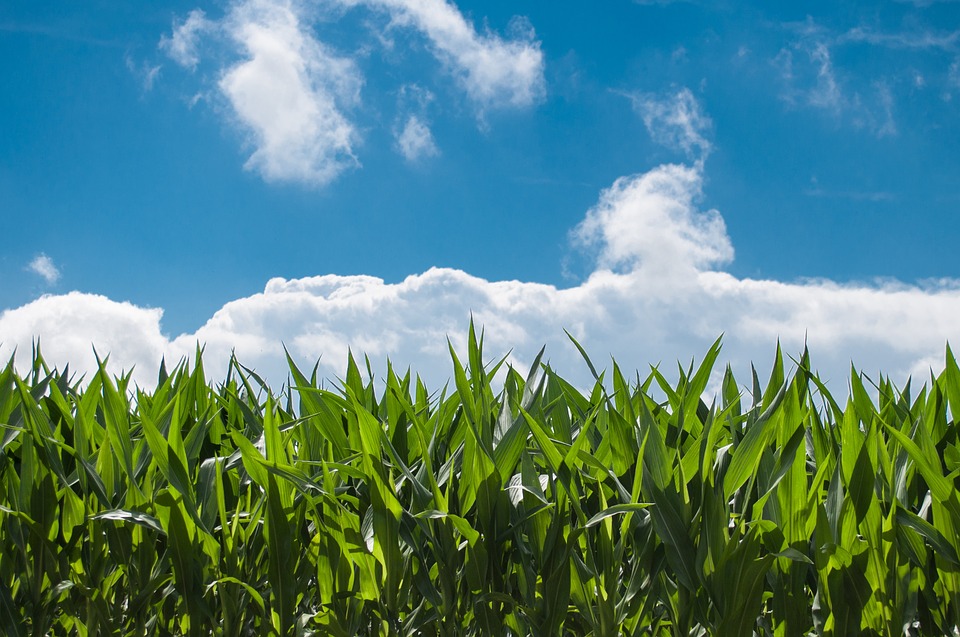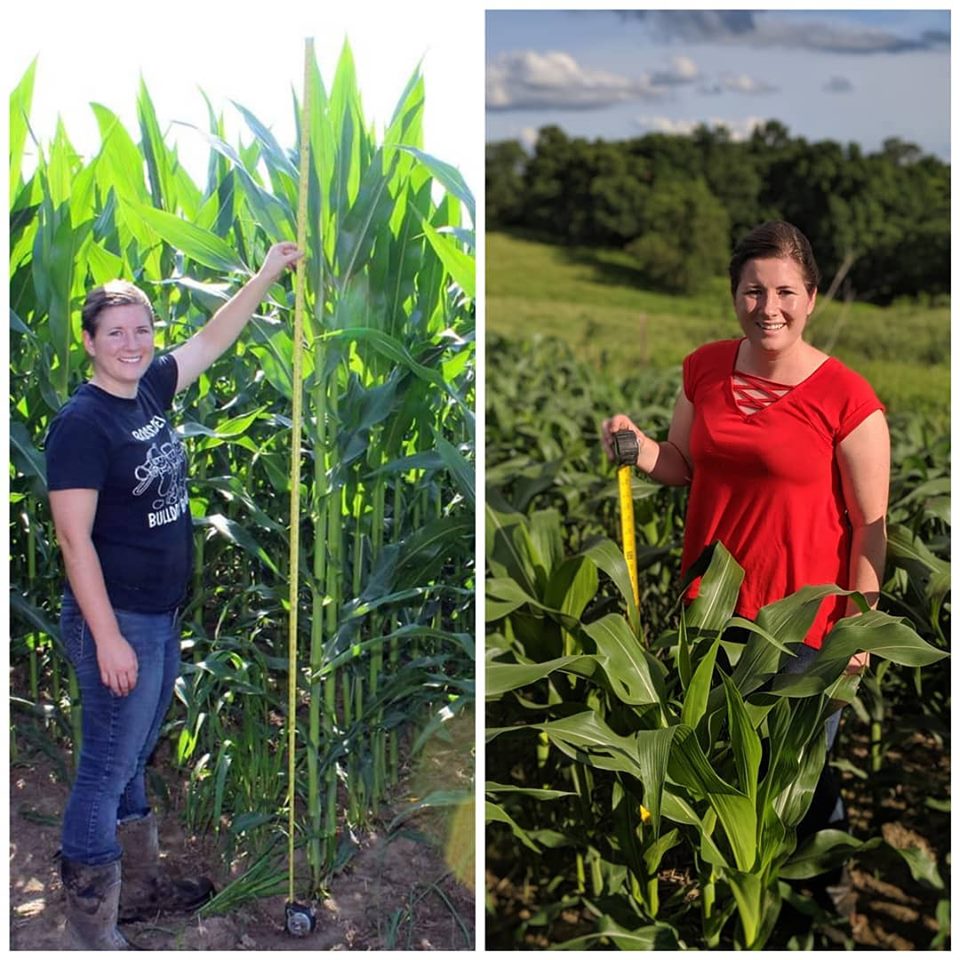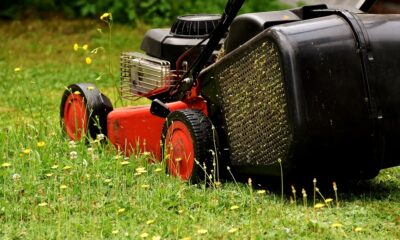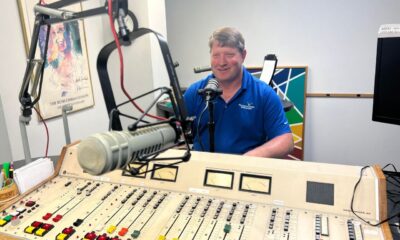Agriculture
Farmers seeking feed options with delayed corn crop

A wet spring delayed planting season for farmers across the Midwest, leaving some fretting about winter feed. he Latest USDA Crop Progress Report shows Iowa, Minnesota and Wisconsin corn is 94 to 100 percent emerged. About 60 percent is rated good to excellent, but it is still far behind last year’s growth progress.
Chris Olson with Olson Feed Service in Seneca said farmers have seen a snowball affect following last winter’s hay shortage.
“It was so expensive, so we were doing a lot of diets and rations where we were increasing the corn silage and using a little less hay to try to get through,” Olson said. “Now we are just the opposite. They have plenty of hay if they were able to get it up, but now they are running tight on corn silage.”
Farmers are seeking other options for forage and crops to supplement livestock feed. One possibility is to harvest corn silage as a cover crop on fields where farmers enrolled in prevented planning programs, according to Olson.

Olson said he’s optimistic our recent warm weather could help corn catch up enough to help farmers by fall, especially if it stays hot enough until September or October.
“If we get degree days during that period, corn is an amazing crop. It will catch up,” Olson said. “It is amazing what it can do. We could be behind, but things are gaining, and that is showing with the prices now. The price had gone up, but now it is starting to slip.”
Some farmers expressed concern about moisture levels being too high by harvest, meaning they’ll have to put extra costs into drying the crop before storage. Olson said there’s still plenty of time for moisture levels to change depending on corn maturity by fall. He added the price of natural gas used for drying corn is regulated by the government, so those prices can’t drastically jump for farmers.







